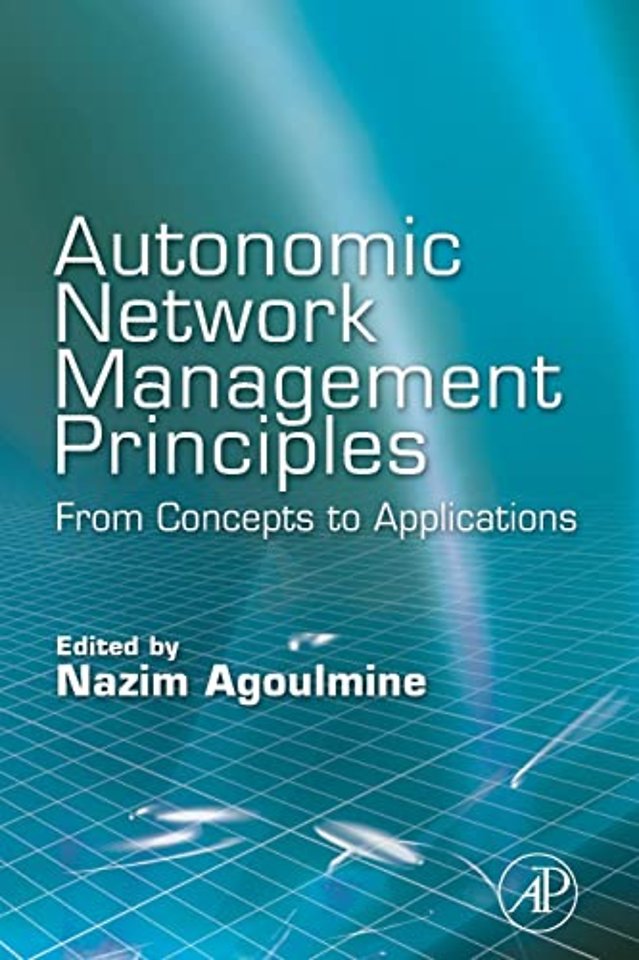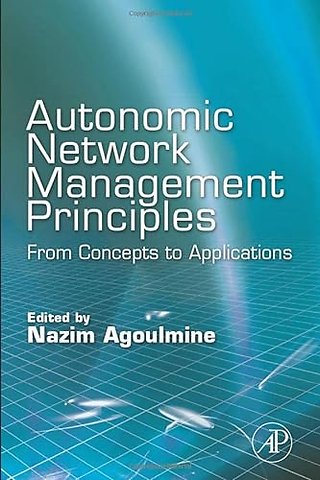Autonomic Network Management Principles
From Concepts to Applications
Paperback Engels 2016 9780128101995Samenvatting
Autonomic networking aims to solve the mounting problems created by increasingly complex networks, by enabling devices and service-providers to decide, preferably without human intervention, what to do at any given moment, and ultimately to create self-managing networks that can interface with each other, adapting their behavior to provide the best service to the end-user in all situations.
This book gives both an understanding and an assessment of the principles, methods and architectures in autonomous network management, as well as lessons learned from, the ongoing initiatives in the field. It includes contributions from industry groups at Orange Labs, Motorola, Ericsson, the ANA EU Project and leading universities. These groups all provide chapters examining the international research projects to which they are contributing, such as the EU Autonomic Network Architecture Project and Ambient Networks EU Project, reviewing current developments and demonstrating how autonomic management principles are used to define new architectures, models, protocols, and mechanisms for future network equipment.
Specificaties
Lezersrecensies
Inhoudsopgave
Rubrieken
- advisering
- algemeen management
- coaching en trainen
- communicatie en media
- economie
- financieel management
- inkoop en logistiek
- internet en social media
- it-management / ict
- juridisch
- leiderschap
- marketing
- mens en maatschappij
- non-profit
- ondernemen
- organisatiekunde
- personal finance
- personeelsmanagement
- persoonlijke effectiviteit
- projectmanagement
- psychologie
- reclame en verkoop
- strategisch management
- verandermanagement
- werk en loopbaan

